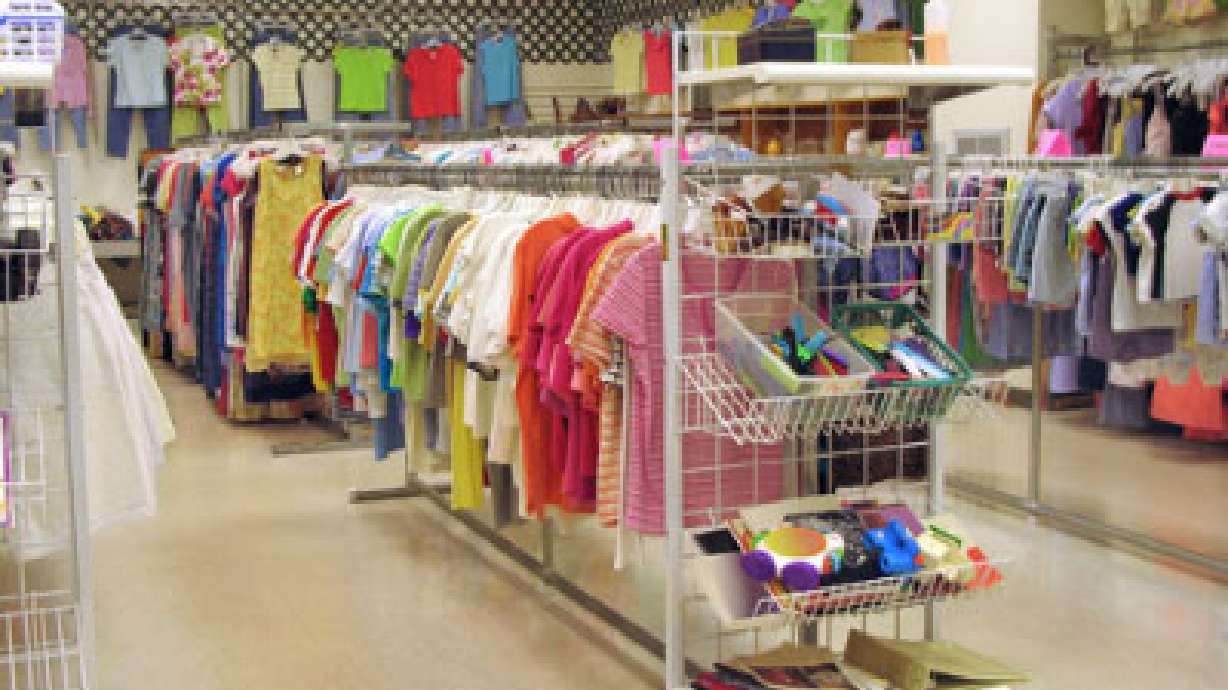Estimated read time: 2-3 minutes
This archived news story is available only for your personal, non-commercial use. Information in the story may be outdated or superseded by additional information. Reading or replaying the story in its archived form does not constitute a republication of the story.
PROVO -- A study out of Brigham Young University reveals when the economy slows and jobs are harder to come by, thrift stores and yard sales become an important part of many family budgets in a wide range of economic backgrounds.
Sociology professor Ralph Brown worked on the study -- which is published in the current issue of the journal "Family Relations" -- with other BYU professors and students. Brown says the study divided families in Utah County into three economic and social groups.
The lower-income group made less than $30,000 a year. The middle-income made up to $80,000 a year. Families making more than that were classified as the higher-income group.
People are looking down instead of up in a way to try and soften the economic landing. A fall from economic grace, I suppose.
–Ralph Brown
The study began back in 2003 when Geneva Steel shut its doors and suddenly there were a lot of families in the county looking for jobs. Brown says what was happening then applies to what is happening now, but on a much larger scale.
The results found that middle-income families had changed their shopping mindset. In the U.S. in the past it's typically been the case where people try to mimic and look up to the class above them in their shopping habits. Brown says the opposite is now happening.
"People are looking down instead of up in a way to try and soften the economic landing. A fall from economic grace I suppose," he says.
The study shows middle-class families were shopping at thrift stores with about the same frequency as lower-class families, and for the same items.
"They're buying clothes, some small appliances, furniture," says Brown. "People really have come to depend on these things as part of their household economic strategies."
Brown says if the middle class continues to depend heavily on thrift stores, those stores might have to raise prices to keep enough employees to fill the demand, which in turn changes the purpose and function of those stores.
The study showed the upper class also makes visits to thrift stores, but they're typically shopping for antiques, trinkets and things of that nature.
Brown hopes to continue the study and look to see how many families rely on thrift stores. He also wants to examine whether the social stigma of shopping at thrift stores has been reversed.
"Has a sense of frugality returned where it's now chic to shop at these kinds of places and brag about it? Don't know that yet," says Brown.
E-mail: rjeppesen@ksl.com








